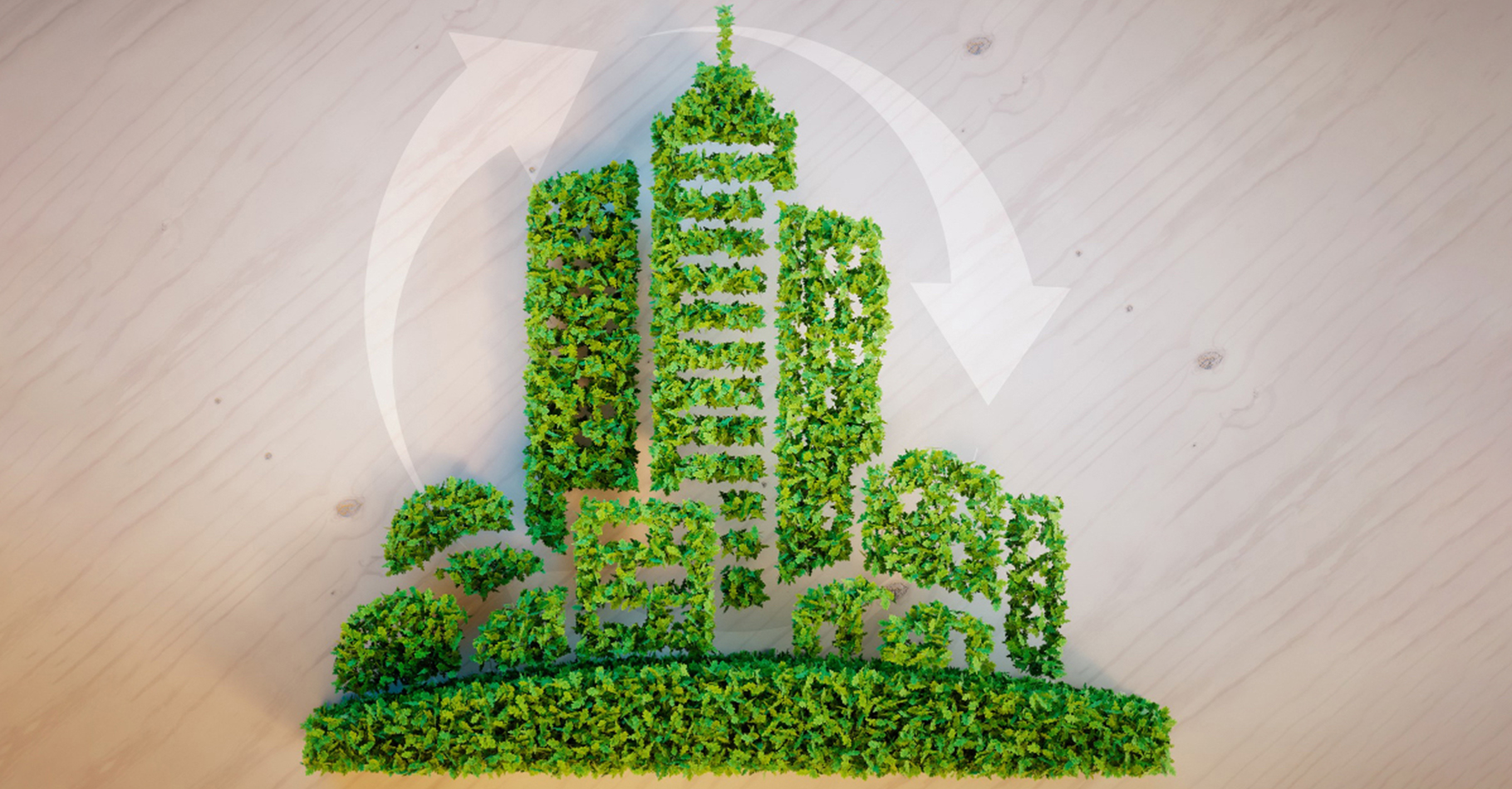Have you ever imagined what cities will look like in the future? Think futuristic skyscrapers, lush green parks, and energy-efficient buildings, all working in harmony to reduce pollution and boost the quality of life. This is the vision behind eco development, a game-changing approach to building sustainable cities. As we move into the 21st century, the concept of eco development is reshaping urban areas to be smarter, greener, and more livable. Let’s dive into what eco development really means and how it’s transforming cities around the globe!
What is Eco Development?
In a nutshell, eco development is about creating urban environments that prioritize sustainability and balance between human needs and nature. Imagine a city where buildings generate their own energy from renewable sources, transportation systems produce zero emissions, and green spaces flourish in every neighborhood. That’s the dream! The key to eco development is ensuring that urban growth doesn’t come at the expense of the environment. Instead, it focuses on harmony—allowing cities to grow while reducing their carbon footprints.
Eco development is closely tied to the United Nations Sustainable Development Goals (SDGs), particularly SDG 11, which aims to create sustainable cities and communities. As more people flock to urban areas, it’s crucial that cities adapt in ways that support both people and the planet. Whether it’s through energy-efficient buildings or eco-friendly transportation systems, eco development is paving the way for a greener future.
Sustainable Cities: The Heart of Eco Development
One of the biggest focuses of eco development is sustainable cities. These are cities that prioritize environmental responsibility while still fostering economic growth and social inclusivity. So, what makes a city sustainable? It’s all about creating infrastructure that supports long-term environmental health and resilience, from renewable energy systems to eco-friendly transportation.
Take public transportation, for example. Many sustainable cities are shifting toward electric buses, bike-sharing programs, and pedestrian-friendly streets to reduce emissions and cut down on traffic congestion. Not only does this make the air cleaner, but it also makes commuting easier and more enjoyable for residents. In cities like Copenhagen and Amsterdam, cycling is king! These cities are leading the charge in eco development by promoting green transportation options that are better for both people and the planet.
Additionally, eco cities often incorporate plenty of green spaces. Parks, urban forests, and rooftop gardens aren’t just pretty to look at—they help absorb carbon dioxide, regulate temperatures, and improve the overall quality of life. Imagine enjoying your morning coffee surrounded by greenery in the heart of a bustling city—sounds perfect, right?

Mega City Development: The Eco-Friendly Way
When you hear the term mega city, you might think of sprawling urban landscapes packed with skyscrapers and traffic jams. But the future of mega city development looks a little different, thanks to eco development principles. As cities expand, they face greater environmental and social challenges. Mega cities of the future are turning to sustainable solutions to address issues like overpopulation, pollution, and resource management.
Eco-friendly mega cities like Singapore and Tokyo are perfect examples of how large urban centers can lead the way in sustainable growth. These cities have embraced smart technologies to reduce energy use, manage water supplies efficiently, and optimize waste management systems. For instance, Singapore has one of the most advanced water recycling systems in the world, ensuring that its population of over 5 million has access to clean water while minimizing waste.
By integrating eco development into mega city development, these cities are proving that it’s possible to accommodate millions of people without sacrificing the environment. They are the blueprint for future urban hubs that prioritize sustainability on a large scale, paving the way for smarter, greener, and more resilient cities.
The Role of the United Nations Sustainable Development Goals
The United Nations Sustainable Development Goals (SDGs) are a set of 17 global goals aimed at creating a better and more sustainable future for everyone. Many of these goals are directly linked to eco development. For example, SDG 7 focuses on affordable and clean energy, while SDG 13 calls for urgent action to combat climate change. But perhaps the most relevant goal for eco development is SDG 11, which promotes sustainable cities and communities.
SDG 11 emphasizes the need for cities to reduce their environmental impact by improving air quality, waste management, and access to green spaces. It also encourages cities to become more resilient to natural disasters, which are becoming more frequent and severe due to climate change. By aligning with these global goals, eco development is helping to create urban environments that are not only livable today but sustainable for generations to come.
One way cities are working toward SDG 11 is by adopting renewable energy sources like solar, wind, and geothermal power. These energy systems drastically reduce greenhouse gas emissions and help cities become more energy-independent. Plus, they can save money in the long run by reducing reliance on fossil fuels.
Eco Development is the Future

As urban populations continue to grow, eco development is no longer a luxury—it’s a necessity. Cities around the world are recognizing the need to embrace sustainable practices to ensure a cleaner, greener future for their residents. By focusing on renewable energy, green transportation, and eco-friendly infrastructure, cities can not only improve their environmental impact but also enhance the quality of life for everyone who lives there.
Whether you’re strolling through a park in an eco city, riding an electric bus, or working in a solar-powered office building, you’re already experiencing the benefits of eco development. And the best part? This is just the beginning! With the continued focus on the United Nations Sustainable Development Goals and mega city development, the future of urban living looks bright—literally.
So, the next time you think about cities of the future, picture this: green rooftops, zero-emission vehicles, and urban spaces designed to promote both human well-being and environmental health. That’s the power of eco development!
Read Also: Nguru Electrification project


Leave a Reply